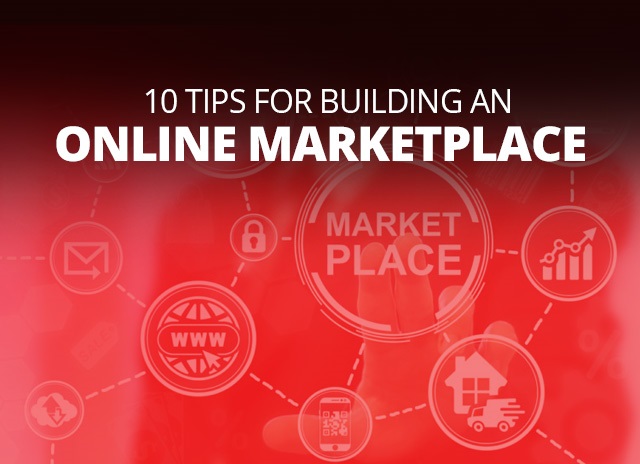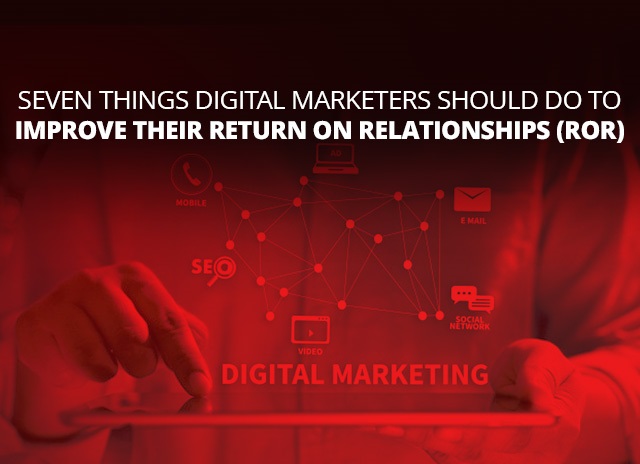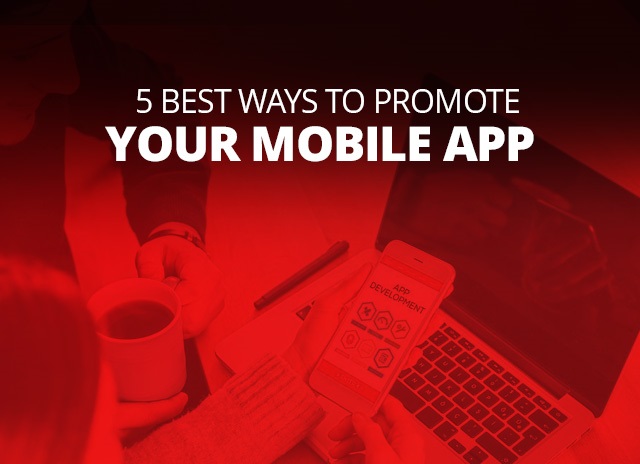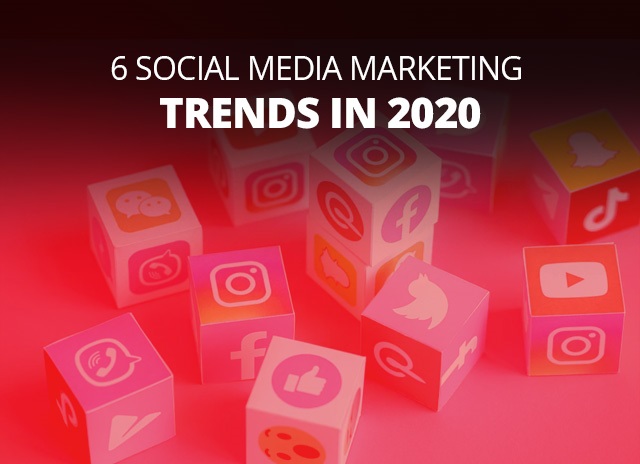10 Tips for Building an Online Marketplace
The number of online marketplaces is increasing every day. They offer convenience and time efficiency over the traditional offline platforms to the buyers as well as the sellers. According to research conducted by Statista, E-commerce sales are expected to reach $4.1 trillion by the end of 2020. This only reflects the scope of online marketplaces. Let us get an understanding of “What is an Online marketplace?”
An online marketplace is a digital platform with websites and mobile apps, where several vendors, shops, people offer products to the buyers in exchange for a marketplace fee. The owner of the marketplace attracts the customers and handle all transactions. They do not hold any inventory and focus mainly on assisting the sellers to sell through the marketplace. Perfect examples of the online marketplace are Amazon, Airbnb, Etsy. Since the online marketplace offers a huge opportunity now just for the owners but for sellers and buyers, let us look at “Tips to Build an Online Marketplace.”
1. Conduct market research and research the target audience: Market research is essential while creating an online marketplace to get a clear understanding of the target market, users, their needs, and the solution they are looking for. It is important to assess the market size to better understand what business model to adopt. Understanding the market segments will help pick the most attractive niche in the target market. Popular online marketplace Amazon has grown big by initially starting from a small niche-an online bookstore. The study of the competitors will help gain insights into the marketing strategies and the business models they use as well as the strengths and weaknesses they have to use to your advantage. Market trends help to understand what is working and what is not, changes in regulations, new technological breakthroughs, and change in customer behaviour.
The most important element of conducting market research is to identify the target audience. Knowing who the users are and what are their goals and the challenges they face in buying the product. It is also important to know where they buy from, and what motivates them to buy. Creating buyer personas will give a better understanding of the audience and help solve the problems they face. All this will help draw up a business model that will work and prepare a marketing strategy to make the marketplace successful.
2. Choose the right business model: Designing a viable business model is very essential before starting the online marketplace. The various models to consider are:
• Sign up fees- a flat payment to charge the sellers to sign up on the marketplace. This way you get the money in even before the marketplace is thriving as long as you can sell your business idea. After the initial sign up one needs to look at other ways to monetize.
• Subscription- charging the sellers a specific amount regularly to generate revenue for the marketplace.
• Listing fees- collecting a set amount from the sellers for listing their products on the marketplace. These fees can be at a flat or variable depending on the price of the product, the category of the product.
• Selling fees- A great monetization strategy. Selling fees are collected each time the seller processes an order on the marketplace. It may pose a problem initially when the orders are small but eventually can ensure high returns when the order volume grows.
3. Planning the operations of the marketplace: A plan needs to be in place to successfully manage the operations of a marketplace and make it profitable. The focus needs to be on acquiring and maintaining the sellers to make the marketplace run. The first step is to convince the sellers to come on board. You need to present your unique value proposition to them and make them understand how the marketplace will function. The way the products are organized will impact the selection of the software, the layout of the marketplace, and how the sellers publish and manage their products. Payment processing, logistics, and shipping processes need to be carefully planned to ensure smooth operations of the marketplace. Marketing strategies need to focus on the target audience to get maximum traction to make the marketplace a success.
4. Outline the features of the Marketplace: Focus on creating features that the user needs to optimize time, effort, and money for a marketplace. Start with the essentials and improve the platform with time as the business grows. Make the onboarding of sellers an easy and simple process. Optimize product management features according to the product offering on the marketplace. Make it simple for the sellers to receive and process orders and communicate with their buyers. Similarly, the buyers should be able to find what they are looking for easily, place orders, and make payments. Adding some reporting features will help understand and analyze what is working and what is not for both you and the seller.
5. Select a payment solution: For a marketplace, payment is received from the sellers, payments are received for the sellers, and payments are received from the buyers. It is a must to have a sound payment solution in place to manage all these payments safely and securely. The types of payments, the processing cost, and the availability of payment providers in the region will govern the selection of the payment solution of the marketplace.
6. Invest in the right software: Selecting the right software will help you successfully launch the marketplace. Whether you choose from the cloud, hosted platforms, standalone solutions, multi-vendor CMS extensions, or your website will depend on the kind of marketplace being built, the features the platform needs, and the user experience.
7. Get a great team in place: Getting the right software is not enough. A team needs to be put in place to manage different aspects of a marketplace from design to marketing and sales, operations, and logistics. The focus should on getting people with specialized skills who have an understanding of the marketplace. This will not only ensure success but future growth as well.
8. Develop the Marketplace: After all the planning is in place with a great team, the next step is to develop the platform. Everyone involved in it should have a clear understanding of the requirements and the timeline. Ensure that there is a backup plan in place if things don’t work out as planned. Keep it simple when designing, implementing the marketplace software, and test with real users to resolve any issues faced initially before the official launch of the marketplace.
9. Launch the Marketplace: Prepare the launch plan of the marketplace keeping in mind the timeline, the marketing message, and the primary channels that will be used. Devise a social media strategy as per your target audience and create the buzz before the launch. Do a soft launch and try and get as much feedback as you can from the initial customers. Use the feedback constructively and make changes and improvements to the platform. Post that does a test run before the launch of the marketplace. Make sure to create enough hype around the launch especially with the target audience.
10. Grow the marketplace: Post-launch the focus should be on growth and retention of the customer base as well as the seller base. Use social media to create brand awareness and attracting new customers. Set aside a budget for social media ad campaigns and have the necessary tools to analyze how well these platforms are working for you. Gather feedback from both the customer and sellers for improving the marketplace. Feature and promote the best sellers by creating case studies and success stories together with them. Always come up with new and exciting ways to engage your customers.
Building an online marketplace is a complicated and time-consuming process. Remember your niche is what will set you apart from others. Each marketplace has its unique challenges. However, with proper research and planning processes using the right expertise you can create a success story.












